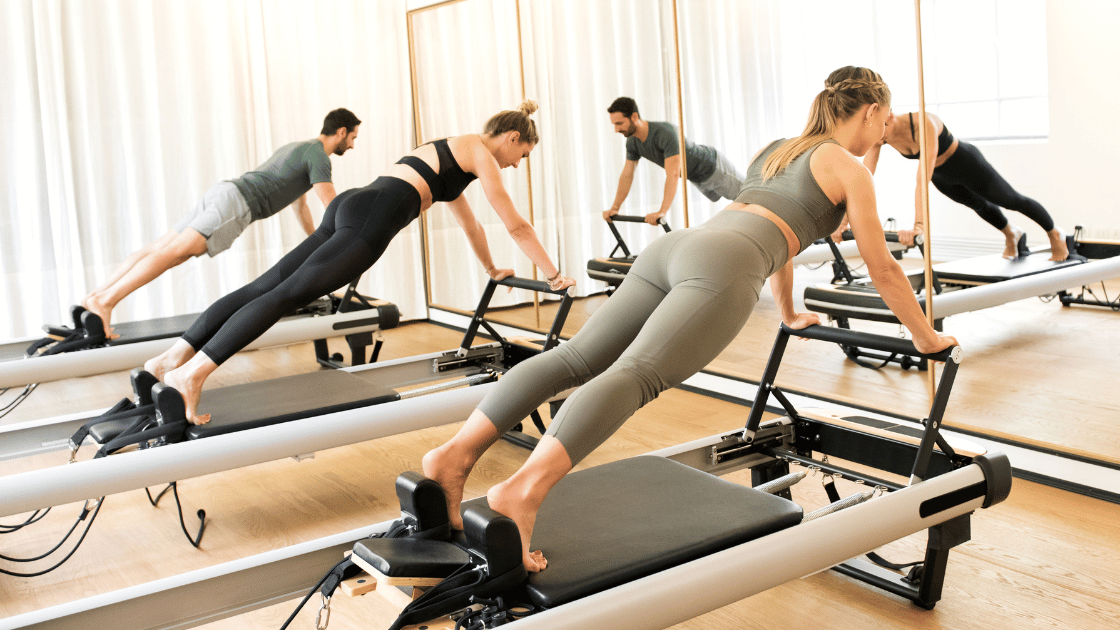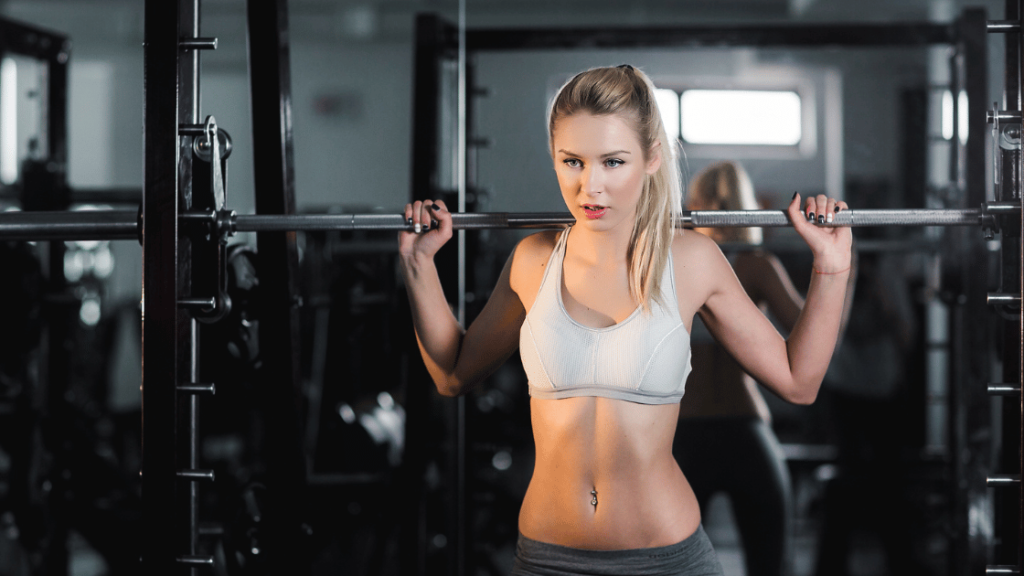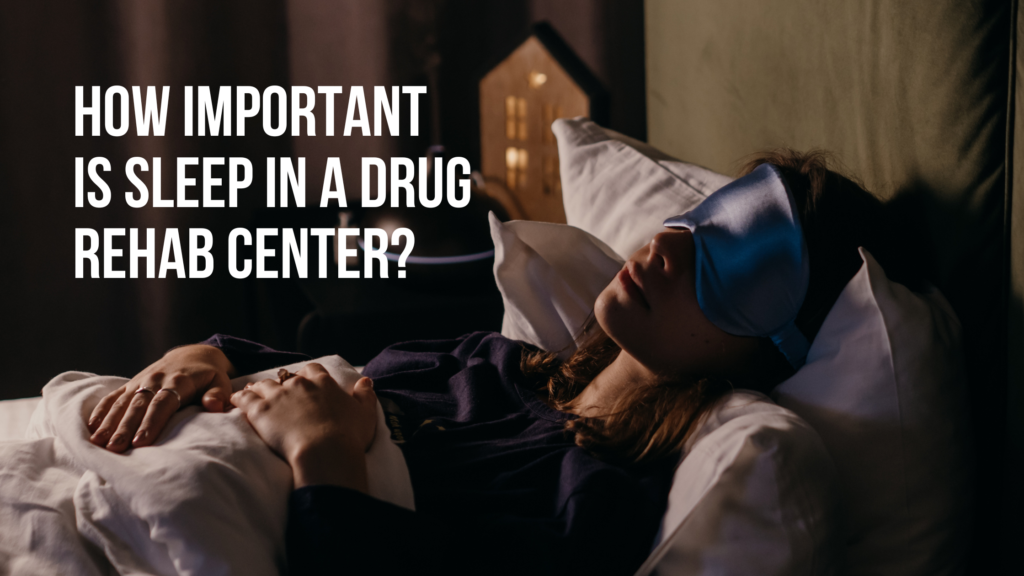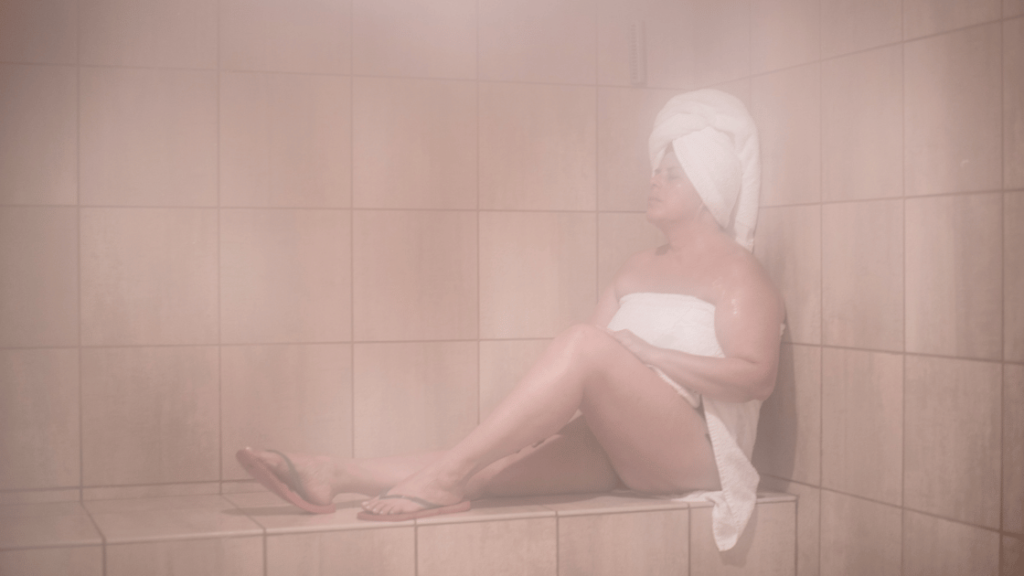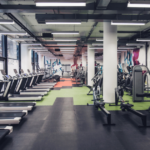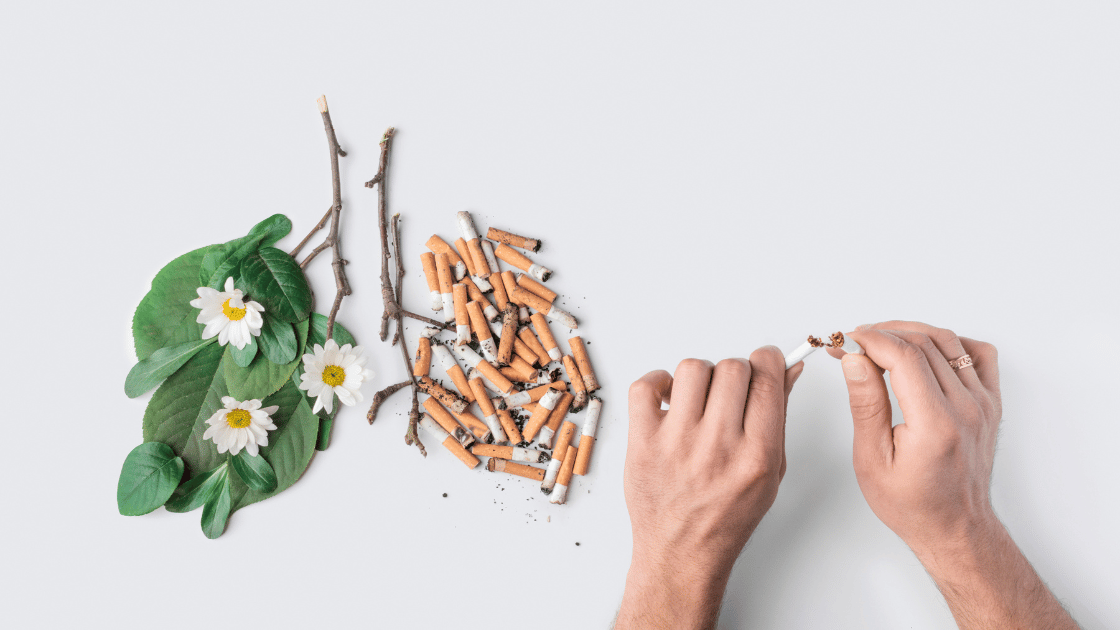Introduction
Pilates: The Ultimate Guide for a Stronger Core
Welcome to the ultimate guide on Pilates, the renowned physical fitness system that focuses on building core strength, flexibility, and overall body awareness. In this comprehensive article, we will delve into the origins, principles, and benefits of Pilates, as well as explore its impact on physical and mental well-being. Whether you’re a beginner or an experienced practitioner, this guide will provide you with essential tips and insights to enhance your Pilates journey.
Brief Overview of Pilates
Pilates is a holistic exercise method developed by
German trainer Joseph Pilates in the early 20th century. It combines a series of controlled movements and breathwork to target the deep muscles of the core, including the abdominals, back muscles, and
pelvic floor. What sets Pilates apart from other forms of exercise is its emphasis on precision, alignment, and mindful movement.
Importance of Core Strength
A strong core is the foundation for optimal movement and posture. Your core muscles provide stability and support for the spine, pelvis, and shoulders, allowing you to move with efficiency and reduce the risk of injuries. Pilates specifically targets these deep core muscles to improve their strength and endurance, leading to improved functional movement and overall physical performance.
Purpose of the Article
The purpose of this article is to provide a comprehensive resource for individuals looking to enhance their core strength through Pilates. We will explore:
- The history and principles of Pilates
- The physical and mental benefits of Pilates
- The role of Pilates in rehabilitation and injury prevention
- The mind-body connection within Pilates practice
- Common concerns about safety and regulation in the industry
Additionally, we will provide practical tips on how to incorporate Pilates into your fitness routine for maximum results.
So let’s embark on this journey together as we uncover the power of Pilates in strengthening your core and improving your overall well-being.
The Origins and Principles of Pilates
Origin and History of Pilates
Pilates is a physical fitness system that was developed by German trainer Joseph Pilates in the early 20th century. Its history played a significant role in making it popular today. Initially called “
Contrology,” this method was created during World War I when Joseph Pilates was held in a camp. He came up with exercises for soldiers, using bed springs to aid their recovery.
Joseph Pilates: The Founder and His Vision
Joseph Pilates, the creator of this innovative fitness approach, had a vision of creating a comprehensive system that would focus on integrating the body, mind, and spirit. His philosophy highlighted the importance of having a strong core, maintaining proper alignment, and moving efficiently. This holistic approach aimed to improve physical performance, prevent injuries, and enhance overall well-being.
Five Essentials of Pilates
The foundation of Pilates is built upon five key principles that form the core of its practice:
- Concentration: Fully concentrating the mind on each movement with precision and intention.
- Control: Performing exercises with smoothness and elegance, giving more importance to quality rather than quantity.
- Centering: Activating the core muscles to create stability and provide support throughout all movements.
- Precision: Carrying out movements with attention to detail and accuracy for maximum benefits.
- Breath: Giving importance to mindful breathing to improve focus, oxygen intake, and relaxation during exercises.
These essential aspects are incorporated into every Pilates session, shaping its unique approach to physical fitness and well-being.
By understanding the origins and principles of Pilates, you gain insight into the foundational elements that have shaped this renowned fitness method. Joseph Pilates’ visionary approach has left a lasting impact on the world of exercise science, promoting a balanced integration of body, mind, and spirit in pursuit of optimal health and wellness.
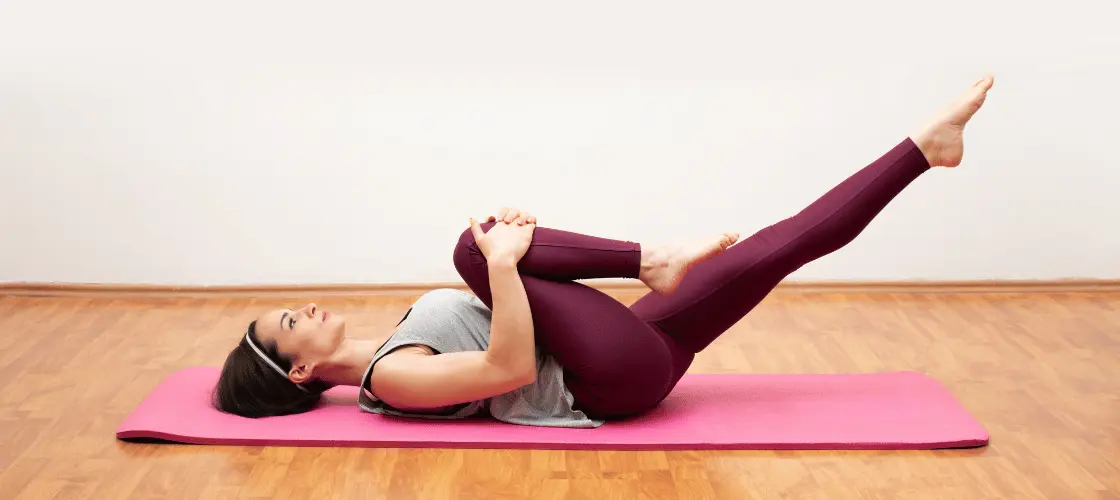
Understanding How Pilates Works for Core Strength
Pilates is well-known for its ability to strengthen the core and improve overall body strength. By targeting and transforming the core, Pilates offers a full-body workout that not only enhances physical fitness but also promotes mental well-being. Here’s how Pilates works to build core strength:
1. Engaging the Deep Core Muscles
Unlike traditional abdominal exercises that primarily focus on superficial muscles, Pilates targets the deep core muscles, including the transversus abdominis, multifidus, and pelvic floor muscles. These muscles are essential for providing stability and support to the spine and pelvis.
2. Integration of Breathwork
Breathwork is a fundamental aspect of Pilates practice. It helps in developing a strong connection between the breath and movement, facilitating better engagement of the core muscles. The emphasis on deep diaphragmatic breathing during Pilates exercises promotes relaxation, improves oxygenation, and enhances overall body awareness.
3. Emphasis on Posture and Alignment
Proper posture and alignment play a crucial role in building core stability during Pilates workouts. The exercises focus on maintaining a neutral spine position, which helps activate the deep core muscles effectively. By improving posture and alignment, Pilates contributes to better balance, coordination, and overall body control.
4. Full-body Integration
While Pilates primarily targets the core muscles, it also engages other muscle groups throughout the body. The controlled movements in Pilates require coordination between different muscle groups, leading to improved overall strength. This integration of muscle groups not only
enhances physical & sports performance but also reduces the risk of injuries by ensuring balanced muscle development.
Incorporating Pilates into your fitness routine can have numerous benefits beyond core strength alone. The focus on breathwork, posture, and alignment promotes better body awareness and mindfulness. As a result, practitioners often experience improved flexibility, increased range of motion, reduced stress levels, and enhanced mental clarity.
Exploring the Physical and Mental Benefits of Pilates for the Body
Pilates is not only known for its ability to build core strength but also for its numerous physical and mental benefits. Let’s take a closer look at how Pilates can enhance your overall well-being:
Benefits of Pilates for Muscle Tone and Definition
- Pilates exercises target specific muscle groups, helping to tone and define them. By engaging in a regular Pilates practice, you can expect to see improvements in muscle tone throughout your body.
- Pilates focuses on strengthening the deep muscles of the core, including the abdominals, back muscles, and pelvic floor. These muscles play a crucial role in providing stability and support to the spine and pelvis.
- The controlled movements and focus on proper alignment in Pilates help to activate and engage specific muscle groups effectively. This targeted approach allows for efficient muscle activation, leading to improved muscle tone and definition.
Enhancing Flexibility through Pilates Practice
- Flexibility is another key benefit of practicing Pilates. The slow and controlled movements performed during Pilates exercises help to increase joint mobility and improve overall flexibility.
- Many of the exercises in Pilates involve stretching and lengthening the muscles, which can help to reduce muscle imbalances and improve overall posture.
- The emphasis on proper alignment and posture in Pilates also contributes to increased flexibility. By aligning the body correctly during exercises, you can safely stretch and release tension in tight areas of the body.
Mental Benefits of Pilates
- In addition to its physical benefits, Pilates also offers numerous mental benefits. The focus required during each exercise helps to cultivate mindfulness, allowing you to be fully present in the moment.
- The mind-body connection fostered in Pilates promotes relaxation and stress reduction. By focusing on breath control and proper alignment, you can release tension from both the body and mind.
- Regular practice of Pilates has been shown to improve concentration and mental clarity. The deliberate and controlled movements require focus and attention, which can help to sharpen cognitive skills.
Pilates is a holistic exercise system that goes beyond building core strength. It offers a wide range of physical and mental benefits, including improved muscle tone, enhanced flexibility, and increased mindfulness. By incorporating Pilates into your fitness routine, you can experience a stronger core and overall well-being.
Pilates as a Pathway to Rehabilitation and Injury Prevention
Pilates serves as an effective pathway to rehabilitation and injury prevention, offering a holistic approach to physical recovery and well-being. Here are the key points to consider in this regard:
Utilizing Pilates for Injury Rehabilitation and Prevention
Pilates exercises are renowned for their ability to aid in injury rehabilitation by targeting specific muscle groups without placing undue stress on the body. The controlled movements and focus on core strength make it a valuable tool for recovering from various injuries, particularly those related to the back, hips, and shoulders.
The low-impact nature of Pilates makes it suitable for individuals seeking rehabilitation from joint-related injuries or muscle strains. It allows for gradual progression, enabling individuals to rebuild strength and flexibility without exacerbating existing conditions.
Addressing Common Concerns: Is Pilates Safe for Everyone?
While Pilates is generally safe for most people, it’s essential to approach it with caution, especially if you have pre-existing health concerns or injuries. Consulting with a qualified instructor or healthcare professional can help tailor a Pilates practice to your specific needs and ensure that exercises are modified as necessary.
Individuals with chronic pain or
musculoskeletal issues can benefit from the therapeutic aspects of Pilates, but it’s crucial to communicate openly with instructors about any limitations or discomfort experienced during sessions. This open dialogue ensures that exercises can be adapted to suit individual circumstances while still contributing to overall well-being.
Incorporating Pilates into a rehabilitation program can complement traditional treatment methods and offer long-term benefits in terms of strength, flexibility, and pain management. By addressing concerns about safety and suitability, individuals can confidently embrace Pilates as a valuable pathway to recovery and injury prevention.
The Mind-Body Connection in Pilates and Its Impact on Well-being
Pilates is not just a physical exercise; it also fosters a deep connection between the mind and body, promoting overall well-being and
mental health. Here’s how Pilates contributes to this mind-body connection:
1. Developing Mindfulness and Body Awareness
Through Pilates practice, individuals are encouraged to focus on the present moment, bringing awareness to their movements, breath, and bodily sensations. This mindfulness cultivates a deeper connection with the body, allowing practitioners to better understand their physical capabilities and limitations.
Pilates encourages you to be fully present in each movement, fostering a sense of mindfulness that extends beyond the workout session..
2. Enhancing Mental Clarity and Focus
The emphasis on precise and controlled movements in Pilates requires concentration and mental engagement. This focus on execution helps clear the mind of distractions, providing a form of mental relaxation while engaging in physical activity.
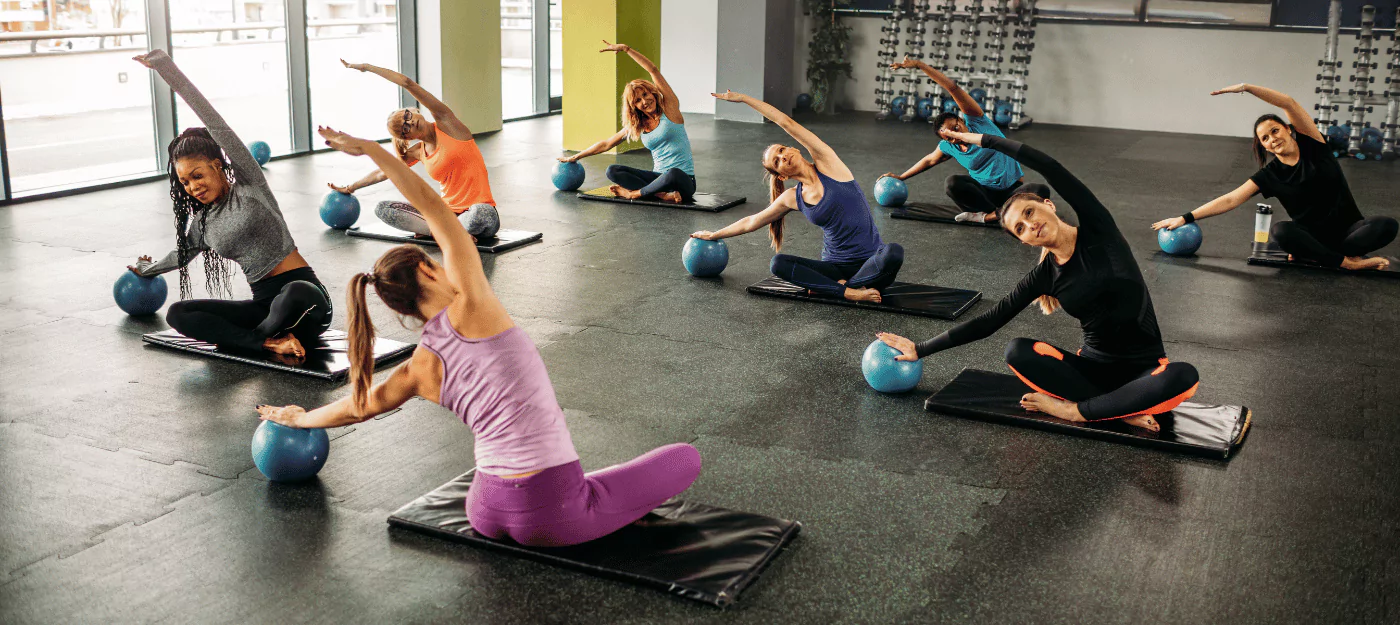
3. Stress Reduction and Emotional Well-being
Engaging in Pilates can serve as a form of stress relief, as the combination of rhythmic breathing and intentional movements promotes relaxation. The release of tension in the body often leads to a calmer state of mind,
reducing stress and anxiety levels.
4. Promoting Body Positivity
Pilates encourages individuals to appreciate and respect their bodies for what they can achieve rather than how they look. This positive reinforcement can contribute to improved self-esteem and a healthier body image.
In conclusion, Pilates goes beyond physical fitness by nurturing the mind-body connection. By incorporating elements of mindfulness, focus, stress reduction, and body positivity, Pilates becomes a holistic practice that enhances overall well-being.
Examining the History of Physical Culture and Its Influence on Pilates
Physical culture movements of the late nineteenth century played a significant role in shaping the foundations of Pilates as a mind-body exercise system. Understanding the relationship between physical culture movements and Pilates provides valuable insights into the origins and principles of this holistic approach to fitness.
Influences from Physical Culture Movements
Joseph Pilates, the founder of the Pilates method, drew inspiration from various physical fitness disciplines prevalent during his time. These movements emphasized the integration of physical, mental, and spiritual well-being, aligning with Pilates’ overarching philosophy.
The Significance of Apparatus in Pilates
The reformer, a key component of traditional Pilates equipment, was influenced by Joseph Pilates’ exposure to physical culture apparatuses. The reformer’s design reflects his innovative approach to exercise, combining resistance training and full-body conditioning to enhance strength, flexibility, and body awareness.
Evolution of Physical Culture Principles in Pilates
The incorporation of reformers in Pilates practice showcases the evolution of physical culture principles into a structured system that emphasizes:
- Core stability
- Strength
- Flexibility
- Muscle control
- Posture
- Breathwork
This integration has contributed to the unique blend of traditional and contemporary elements that define Pilates as a comprehensive approach to holistic well-being.
By recognizing the historical ties between physical culture movements and the development of Pilates, practitioners gain a deeper appreciation for the method’s rich heritage and its enduring relevance in modern fitness practices. The fusion of historical influences with innovative apparatus design underscores the timeless effectiveness of Pilates in promoting overall health and wellness.
The Controversy and Regulation of the Pilates Industry
The Pilates industry has been subject to controversy and debates regarding professional regulation. Here, we explore the current state of regulation in the field and the role of the Pilates Method Alliance in upholding standards.
Current State of Professional Regulation in the Pilates Field
Unlike some other fitness disciplines, such as yoga or personal training, Pilates is not professionally regulated. This means that anyone can call themselves a Pilates instructor without any formal certification or standardized training requirements. While this lack of regulation allows for flexibility and accessibility in terms of who can teach Pilates, it also raises concerns about the quality and safety of instruction.
- Without regulation, there is a wide range of expertise among instructors, varying from highly qualified professionals to individuals with minimal training.
- This can make it challenging for individuals seeking Pilates instruction to determine the competency and credibility of instructors.
- It also creates potential risks for clients who may receive incorrect or unsafe guidance.
Role of the Pilates Method Alliance in Upholding Standards
To address these concerns and promote professionalism within the industry,
the Pilates Method Alliance (PMA) was established. The PMA is a non-profit professional association dedicated to advancing the quality and integrity of Pilates instruction worldwide.
The PMA offers a certification program that provides a standardized curriculum and assessment process for individuals wishing to become certified Pilates instructors. By completing this certification, instructors demonstrate their knowledge, skills, and adherence to specific standards set by the PMA.
In addition to certification, the PMA also provides ongoing education opportunities for instructors to enhance their skills and stay updated on the latest research and developments in the field. This commitment to continuing education ensures that certified instructors are equipped with the knowledge and tools needed to provide safe and effective instruction.
While certification through the PMA is not currently mandatory for Pilates instructors, many professionals within the industry recognize its value. Instructors who hold PMA certification are often regarded as more reputable and trustworthy, as they have met specific criteria and demonstrated their commitment to professional development.
It is important to note that while the PMA plays a significant role in promoting standards and professionalism within the Pilates industry, it is not the sole authority. Other organizations and training programs exist, each with its own set of standards and requirements.
By seeking out instructors who hold PMA certification or other recognized credentials, individuals can have greater confidence in the quality and safety of the instruction they receive. It is also advisable to inquire about an instructor’s experience, training background, and teaching philosophy to ensure a good fit for personal goals and needs.
Evaluating the Research: What Science Says About the Effectiveness of Pilates
Pilates has gained popularity as a holistic approach to physical fitness and well-being, with proponents praising its positive impact on core strength, flexibility, and overall body conditioning. While anecdotal evidence and personal experiences often highlight the benefits of Pilates, it is essential to explore what scientific research reveals about its effectiveness in various health conditions.
Existing Studies on the Benefits of Pilates for Various Health Conditions
1. Musculoskeletal Conditions
Research studies have demonstrated the potential of Pilates in improving musculoskeletal conditions such as lower back pain, neck pain, and
osteoarthritis. A systematic review published in the Journal of Bodywork and Movement Therapies highlighted the positive effects of Pilates-based exercises in reducing pain and improving function in individuals with chronic low back pain.
2. Postural Alignment and Balance
Several studies have investigated the impact of Pilates on postural alignment and balance control. Findings suggest that regular Pilates practice may contribute to enhanced postural stability and balance, which can be particularly beneficial for older adults or individuals seeking to improve their overall stability.
3. Mental Well-being
Beyond physical benefits, research has also explored the psychological effects of Pilates. Preliminary evidence indicates that engaging in Pilates sessions may promote psychological well-being by reducing stress levels and enhancing mindfulness.
4. Flexibility and Range of Motion
Studies have examined the influence of Pilates on flexibility and range of motion in different populations, including athletes and individuals with specific medical conditions. While more comprehensive research is needed, initial findings suggest that Pilates interventions may lead to improvements in flexibility and joint mobility.
While these findings offer valuable insights into the potential benefits of Pilates for various health-related concerns, it is important to note that additional research is warranted to further elucidate the mechanisms underlying these effects and to address any existing gaps in knowledge.
By critically evaluating existing scientific literature, individuals can make informed decisions about incorporating Pilates into their wellness practices while remaining attentive to emerging research developments within this field.
Getting Started: Essential Tips for a Safe and Effective Pilates Practice
If you’re new to Pilates and looking to strengthen your core, it’s important to start off on the right foot. Here are some essential tips to help you have a safe and effective Pilates practice:
Choosing the Right Pilates Class or Style for You
Research different Pilates studios or instructors in your area. Look for certified instructors with experience and positive reviews.
Consider the type of Pilates class that suits your needs:
- Mat classes are a great starting point for beginners as they focus on bodyweight exercises without the use of equipment.
- If you prefer a more challenging workout, you can opt for a class that incorporates apparatus such as the reformer or Cadillac.
Take into account any specific goals or limitations you may have:
- If you’re recovering from an injury or have certain health conditions, it’s important to choose a class that offers modifications and caters to your individual needs.
Common Pilates Moves for Building Core Strength
To build core strength effectively, there are several key Pilates moves that target your abdominal muscles and help improve stability. Here are some common exercises:
- The Hundred: Lie on your back with knees bent and curl your head, neck, and shoulders off the mat while reaching your arms towards your feet. Pump your arms up and down while inhaling for five counts and exhaling for five counts.
- Roll-Ups: Begin lying flat on your back with arms extended overhead. Slowly roll up one vertebra at a time until you are sitting upright with arms parallel to the floor. Reverse the movement to return to the starting position.
- Plank: Start in a push-up position with hands directly under shoulders and legs extended behind you. Engage your core muscles and hold this position, keeping your body in a straight line from head to toes.
- Single Leg Stretch: Lie on your back with knees bent and shins parallel to the floor. Curl your head, neck, and shoulders off the mat and bring one knee towards your chest while extending the other leg straight. Switch legs in a scissor-like motion while maintaining core engagement.
Avoiding Pitfalls: Common Mistakes to Watch Out for During Pilates Training
Be mindful of these common mistakes to ensure a safe and effective Pilates practice:
- Lack of proper alignment: Pay attention to your posture and alignment during each exercise. Improper form can lead to strain or injury. Listen to your instructor’s cues and make adjustments as needed.
- Overexertion: It’s important to challenge yourself during Pilates, but don’t push beyond your limits. Gradually increase the intensity of your workouts and give yourself time to rest and recover.
- Not engaging the core: The core is the foundation of Pilates, so make sure you actively engage your abdominal muscles throughout each exercise. This will help maximize the benefits and protect your spine.
- Skipping warm-up and cool-down: Always start your Pilates practice with a gentle warm-up to prepare your body for movement, and end with a cool-down to stretch and relax your muscles.
By following these essential tips, you can ensure a safe and effective Pilates practice that will help you strengthen your core over time. Remember to listen to your body, be patient with yourself, and enjoy the journey of discovering the transformative power of Pilates.
Incorporating Pilates into Your Fitness Routine for a Stronger Core
Pilates is an excellent foundation for building core strength, but incorporating other exercises into your fitness routine can further enhance your overall strength and stability. By combining Pilates with complementary exercises, you can create a well-rounded fitness regimen that targets your core from various angles and promotes overall body strength.
Other Complementary Exercises to Support Your Pilates Journey
- Yoga: Incorporating yoga into your routine can complement Pilates by enhancing flexibility, balance, and breath control. Both practices emphasize mind-body connection and can work synergistically to strengthen your core and improve overall well-being.
- Strength Training: Adding strength training exercises such as planks, squats, and lunges can help target different muscle groups within the core, leading to more comprehensive strength development.
- Cardiovascular Exercises: Engaging in cardiovascular activities like running, swimming, or cycling can support your core strength by improving endurance and promoting overall cardiovascular health. These exercises also engage the core muscles to stabilize the body during movement.
- Functional Training: Integrating functional movements like kettlebell swings, medicine ball exercises, and TRX suspension training can further challenge your core stability and functional strength in real-life activities.
Combining Pilates with these complementary exercises can provide a well-rounded approach to strengthening your core and enhancing your overall fitness level. By diversifying your workouts, you can achieve a balanced and effective fitness routine that supports your journey towards a stronger core.

FAQs About Pilates Answered by Our Experts
FAQ 1: Can I Do Pilates If I Have a History of Back Pain?
If you have a history of back pain, Pilates can be a safe and effective exercise option. The focus on core strength and stability in Pilates can actually help alleviate back pain by strengthening the muscles that support the spine. However, it’s important to work with a qualified instructor who can tailor the exercises to your specific needs and ensure that you are using proper form to avoid exacerbating any existing issues.
FAQ 2: How Soon Will I See Results from Regular Pilates Practice?
The timeline for seeing results from Pilates can vary depending on individual factors such as frequency of practice, intensity of workouts, and current fitness level. Some people may start to notice improvements in their strength, flexibility, and posture within a few weeks of consistent practice. However, significant changes often become more apparent after several months of regular Pilates sessions. Remember that patience and dedication are key when it comes to reaping the full benefits of Pilates for your body and overall well-being.
Conclusion
Embrace Pilates as a Holistic Approach to Fitness and Well-being
Pilates offers a holistic approach to enhancing your fitness and overall well-being. By focusing on core strength, flexibility, and mindful movement, Pilates can transform not only your physical health but also your mental and emotional well-being.
As you continue your Pilates practice, remember that consistency is key. The benefits of Pilates for core strength and overall wellness will gradually unfold as you commit to regular practice. Embrace the journey and celebrate the progress along the way.
Whether you’re seeking to alleviate back pain, improve posture, or simply enhance your fitness routine, Pilates holds the potential to empower you on your path to a stronger, more resilient core.
Incorporating Pilates into your lifestyle can lead to sustainable improvements in both physical and mental resilience. As you cultivate mindfulness, body awareness, and strength from within, you’ll discover the transformative power of Pilates as a foundation for holistic well-being.
Remember, Pilates is not just a form of exercise; it’s a lifestyle that nurtures balance, vitality, and strength from the inside out. So, take that first step onto the mat and embrace the rewarding journey that Pilates has to offer for a stronger core and a healthier you.
